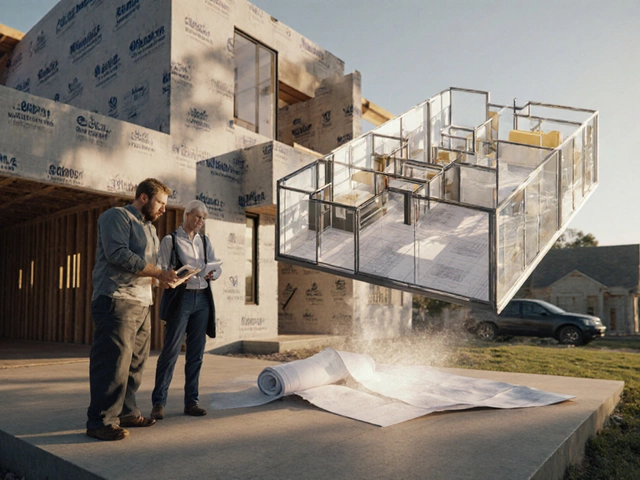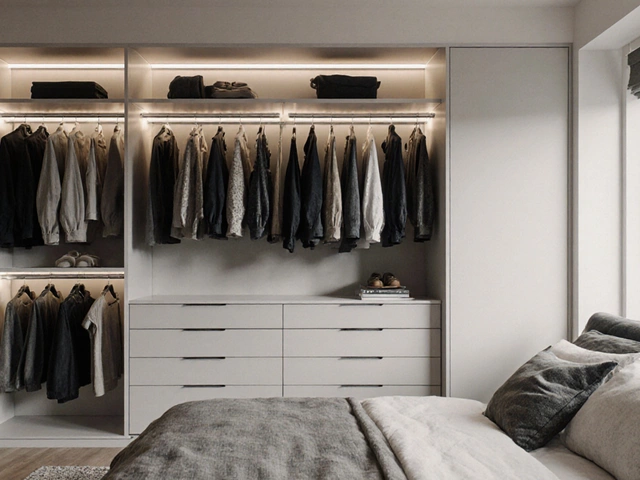Color Psychology: Boost Your Home’s Mood and Style
When working with Color Psychology, the study of how hues affect emotions, behavior, and perception in interior spaces. Also known as psychology of color, it helps designers and homeowners choose palettes that support specific moods and functions.
Understanding Color Theory, the rules about hue, saturation, and value that govern how colors interact is the first step. Color theory tells us that complementary colors create energy, while analogous tones bring calm. Color psychology leverages these rules to guide Interior Design, the practice of arranging spaces to improve livability and aesthetics. When designers pair a soothing blue with warm wood, they’re using color psychology to make a room feel both spacious and inviting. This link between theory and design forms a core semantic triple: Color Psychology influences Interior Design decisions.
How Light and Mood Work Together
Lighting is a hidden player in the color psychology game. Lighting, the arrangement of natural and artificial light sources in a room changes how we see color, altering its intensity and temperature. A sunny morning can make a soft gray feel fresh, while dim bulbs may mute the same shade into a cozy backdrop. This creates the triple: Lighting affects Color Perception, which in turn shapes Mood. Speaking of mood, Mood, the emotional state triggered by environmental cues like color and light is the ultimate outcome designers aim to control. Warm amber tones often lift spirits, whereas cool greens can soothe anxiety. By aligning paint choices with the desired mood, homeowners get a room that feels right for work, rest, or entertainment.
Practical applications of color psychology appear in everyday choices. Selecting curtain colors that visually expand a space follows the triple: Paint Color + Curtain Hue → Perceived Room Size. For small rooms, light pastel curtains paired with pale wall paint create an illusion of openness. Conversely, a dark accent wall can add depth to a large living area when balanced with bright flooring. The same principle guides bathroom remodels: bright whites or soft blues make tiny bathrooms feel larger, while deep navy adds drama to a spacious spa‑like retreat.
All of these ideas tie back to the articles you’ll find below. Whether you’re curious about the latest curtain color trends, need tips on making a bathroom appear bigger, or want to understand how lighting choices reshape perception, the collection covers every angle of color psychology in home design. Dive in for actionable tips, real‑world examples, and step‑by‑step guides that let you harness color’s power in your own space.
Best Bedroom Curtain Colors: How to Choose the Perfect Hue
Discover how to pick the perfect bedroom curtain colors using color psychology, lighting, fabric and design style tips for a cozy, stylish retreat.
full article




